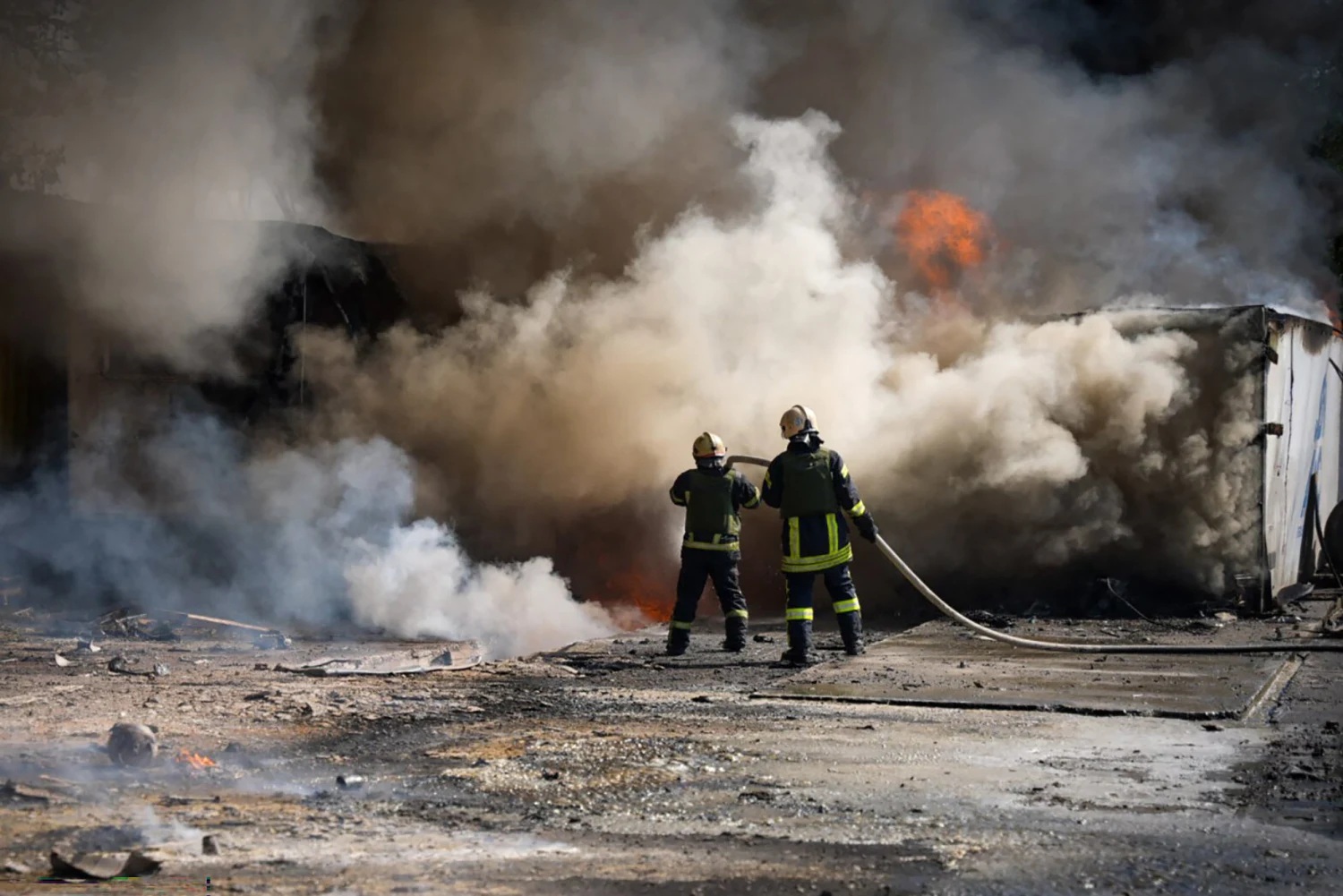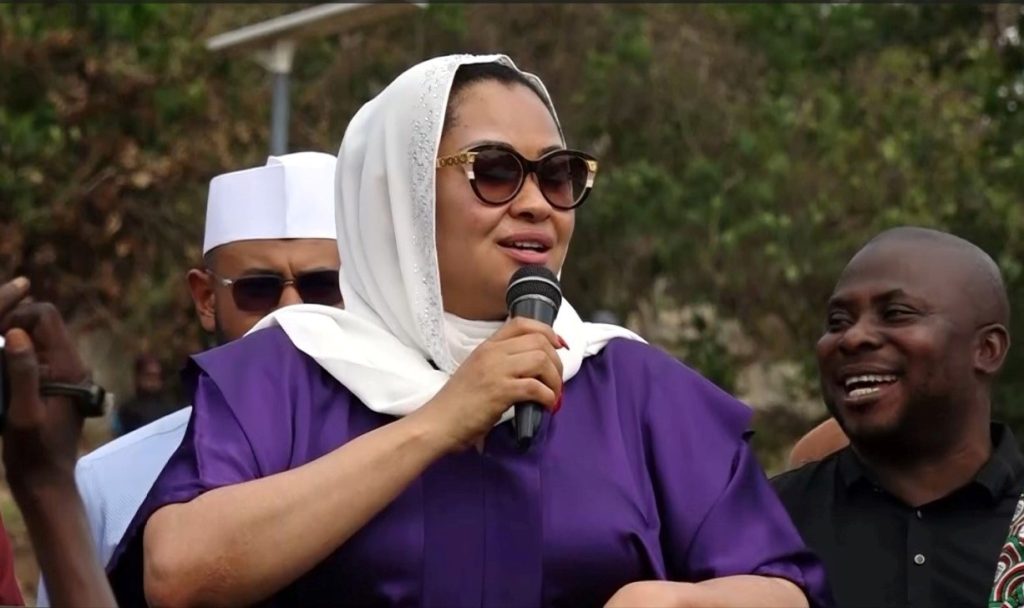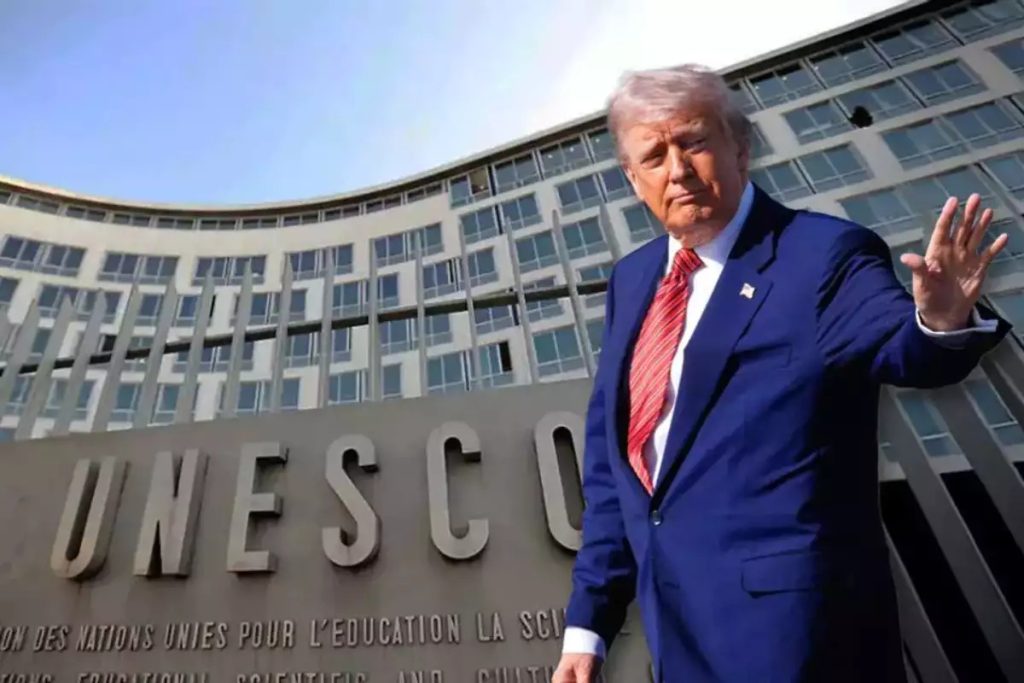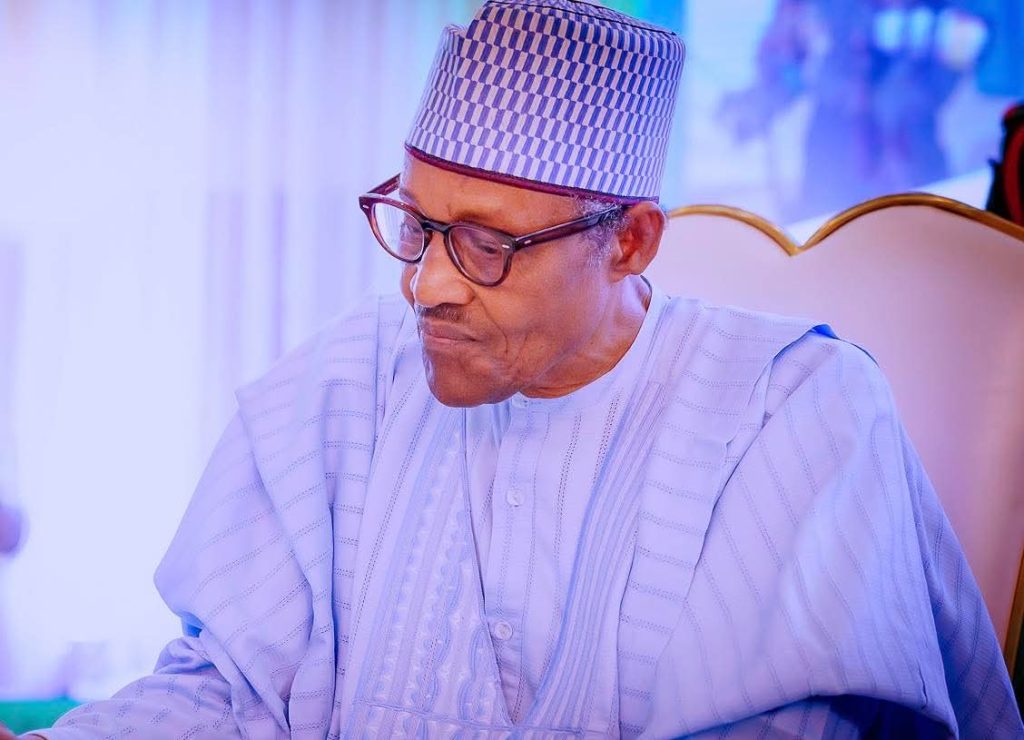News
Russia Unleashes Massive Drone Barrage Hours After Agreeing to Peace Talks

In a stark juxtaposition to diplomatic efforts aimed at resolving the conflict, Russia launched a large-scale assault involving 42 drone strikes against Ukraine overnight on July 20-21, 2025, just hours following an agreement to engage in peace talks in Istanbul.
According to online media sources, this substantial escalation embodies Moscow’s ongoing military strategy even as negotiations seek to de-escalate the war.
The Ukrainian Air Force reported that the overnight campaign featured the deployment of 426 Shahed-type strike and decoy drones, launched from multiple Russian regions.
The regions include Bryansk, Oryol, Millerovo (Rostov Oblast), Shatalovo (Smolensk Oblast), and Primorsko-Akhtarsk in Krasnodar Krai.
Alongside these drones, Russia employed a variety of high-precision missiles.
The precision missiles include five Kh-46 Kinzhal aeroballistic missiles originating from Tambov Oblast, four Kalibr cruise missiles launched from the Black Sea.
They also include one Iskander-K missile from Millerovo, and fourteen Kh-101 cruise missiles from Saratov Oblast airspace.
Ukraine’s air defense systems demonstrated formidable resilience, neutralizing 200 Shahed-type strike drones and 203 decoys through a combination of anti-aircraft fire and advanced electronic warfare countermeasures.
Despite these efforts, 23 strike drones successfully impacted three target locations, while drone wreckage was scattered across a dozen additional sites.
Russian strikes inflicted damage on both civilian and critical infrastructure in several oblasts, notably Ivano-Frankivsk, Kyiv, and Kharkiv, resulting in at least two reported fatalities and 15 injuries, including a child.
This latest offensive marks one of the most intense drone and missile attacks of the past months and underscores Russia’s strategic focus on drone warfare.
Since early 2025, Russia has significantly increased the scale of its drone attacks, deploying multiple hundreds of drones per night, a marked rise compared to earlier phases of the conflict.
For instance, in early July, Russia launched over 700 drones in a single operation, setting a record and causing widespread alarm.
Moscow’s drone warfare advancements reflect both increased domestic production capacities and technological modifications.
Initially reliant on Iranian Shahed drones,
Russia has since expanded indigenous manufacturing and upgraded the drones for enhanced altitude performance, jamming resistance, and lethal payloads, including thermobaric warheads.
Some drones now feature artificial intelligence enabling autonomous operation, complicating Ukraine’s efforts to counter them effectively.
Russia’s Defense Ministry plans to establish dedicated drone units as a separate military branch and to create specialized centers focused on drone tactics and pilot training, illustrating the growing institutional emphasis on unmanned aerial warfare.
The drone attacks are part of a broader escalation coinciding with diplomatic activity.
Notably, the strikes occurred shortly after Russian and Ukrainian representatives agreed to convene peace talks in Istanbul, raising questions about Moscow’s commitment to negotiations.
President Volodymyr Zelensky of Ukraine condemned the attacks as a “show of force.”
He argued that Russia shuts down peaceful avenues by continuing offensive acts amid dialogue efforts.
Zelensky urged allies to increase pressure on Russia to force a genuine end to hostilities rather than allowing repeated attacks to continue.
The pattern of intensifying drone strikes amid parallel peace talks is not new.
Previous record-scale drone offensives took place in June and early July 2025, around moments of diplomatic negotiations and international sanctions threats.
For example, after U.S. President Donald Trump pledged additional military aid to Kyiv, Russia responded with a massive drone assault.
This signalled its willingness to escalate militarily despite external diplomatic pressures.
At the same time, Ukraine has retaliated with drone strikes targeting military-industrial facilities deep within Russian territory, aiming to disrupt Moscow’s drone production and weapons manufacturing.
Ukrainian forces have focused attacks on factories producing attack drones and smart munitions, seeking to degrade Russia’s offensive capabilities.
Beyond the tactical and operational level, these drone swarm attacks generate significant psychological effects, terrorizing civilians in both eastern industrial regions and western border areas near Poland.
Repeated overnight drone incursions disrupt daily life, forcing populations to spend extended periods in shelters, and contribute to mounting humanitarian strains.
Despite the heightened conflict, diplomatic efforts persist, with the Istanbul talks representing a potential avenue to break the deadlock.
However, persistent mistrust and mutual accusations of bad faith have clouded prisoner exchange talks and stalled substantive progress on ceasefires, indicating that resolution remains distant.
In summary, Russia’s overnight drone strike offensive comprising dozens of drones and multiple missile types evidences a stark contrast between escalations on the battlefield and diplomatic negotiations in Istanbul.
Enhanced drone capabilities, mass deployments, and strategic targeting illustrate the evolving nature of the conflict, underscoring the complexity of achieving peace as long as military confrontations continue.
The resilience of Ukrainian defenses and the international community’s diplomatic maneuvering will supposedly prove crucial in shaping the coming phase of this protracted war.
For Diaspora Digital Media Updates click on Whatsapp, or Telegram. For eyewitness accounts/ reports/ articles, write to: citizenreports@diasporadigitalmedia.com. Follow us on X (Fomerly Twitter) or Facebook












